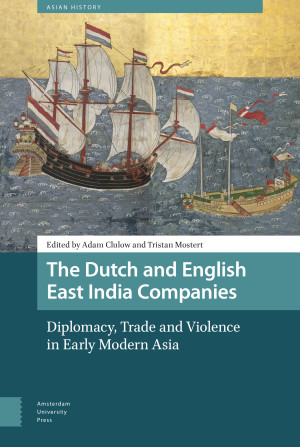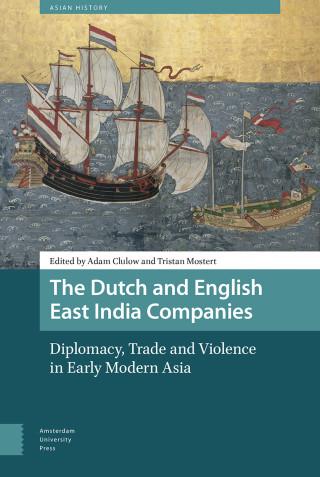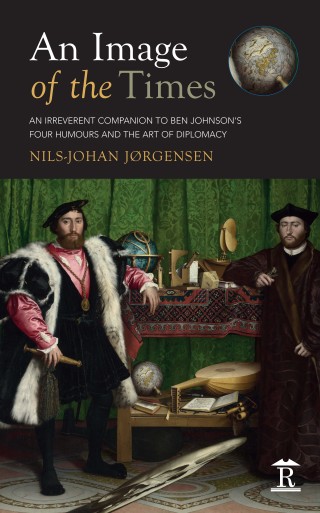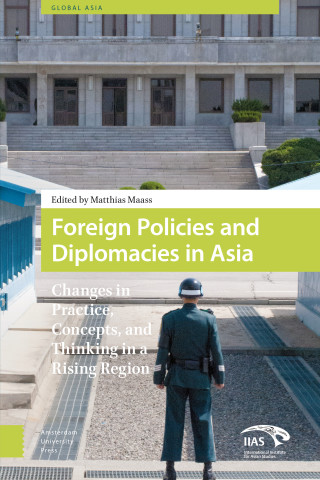Adam Clulow
Adam Clulow is Associate Professor and Senior Research Fellow at Monash University. He is the author of The Company and the Shogun: The Dutch Encounter with Tokugawa Japan (Columbia University Press, 2014) which won multiple awards including the Jerry Bentley Prize in World History from the American Historical Association. He is, most recently, the editor with Lauren Benton and Bain Attwood of Protection and Empire: A Global History (Cambridge University Press, 2017).





